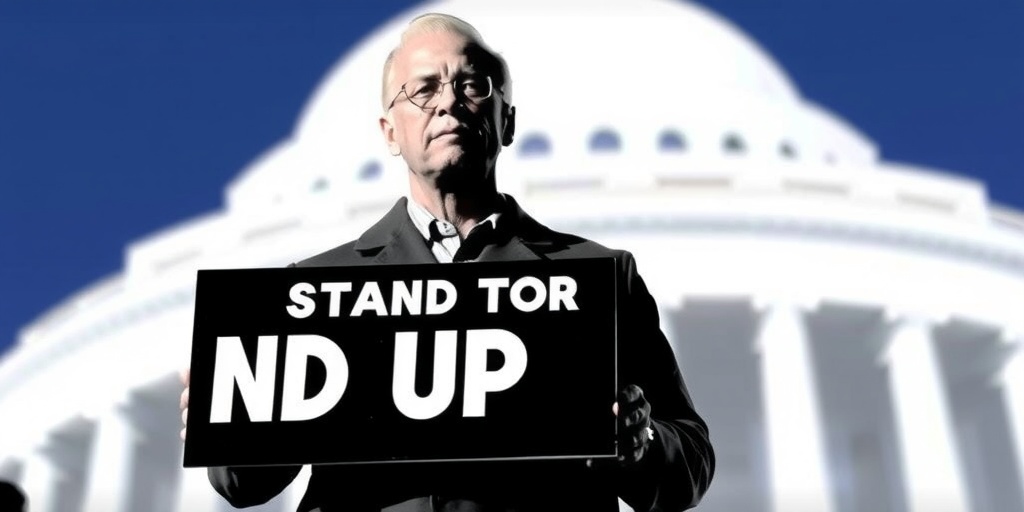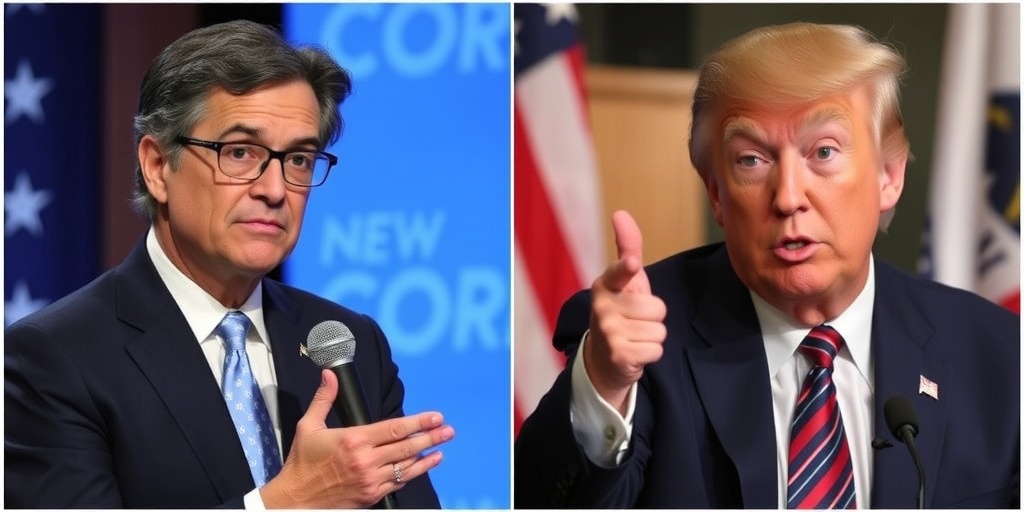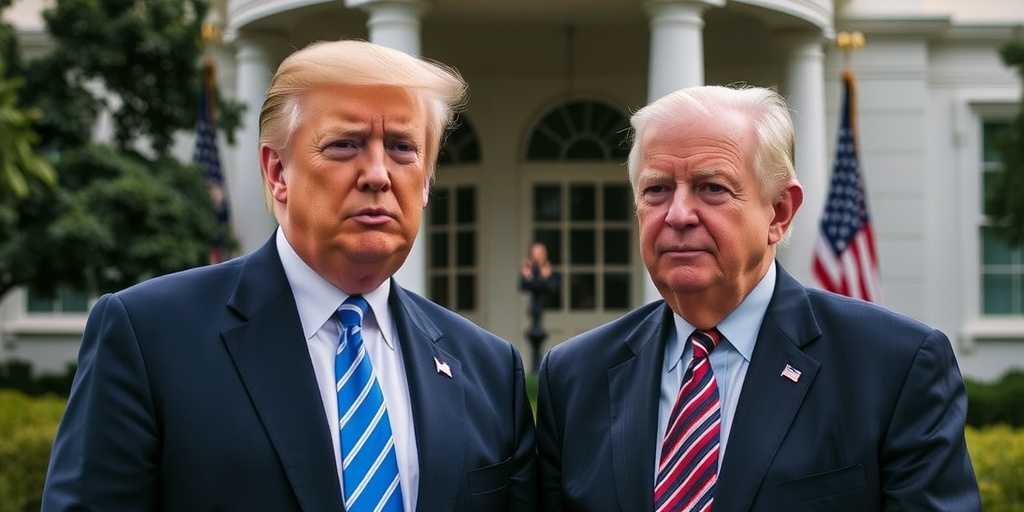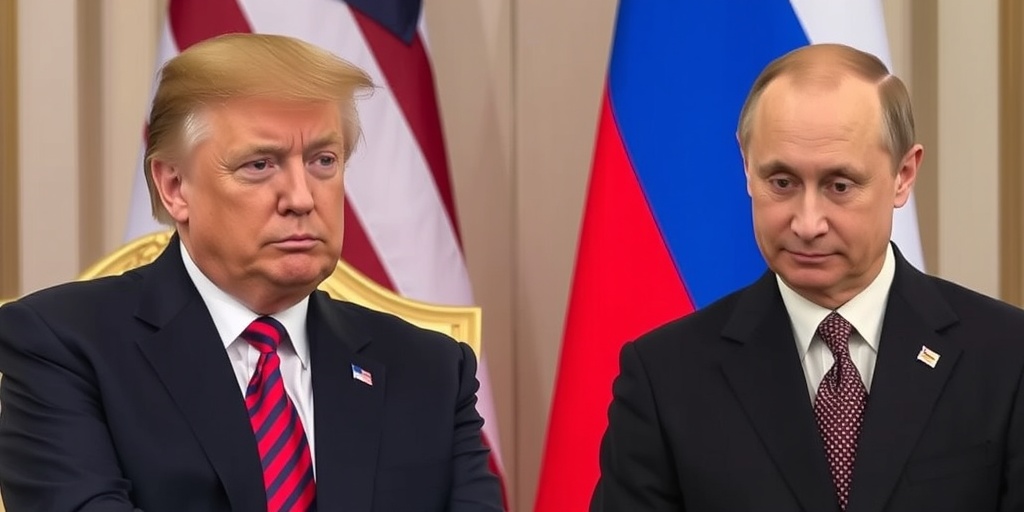Now Reading: Stand Up for Science Rally Blends Science, Politics, and Public Anxiety
-
01
Stand Up for Science Rally Blends Science, Politics, and Public Anxiety
Stand Up for Science Rally Blends Science, Politics, and Public Anxiety

Rally to Defend Science Draws Thousands in Washington, D.C.
On a brisk Friday afternoon, Dr. Francis Collins, the former director of the National Institutes of Health (NIH), gathered with a crowd of passionate scientists and supporters on the steps below the Lincoln Memorial. Strumming his acoustic guitar, decorated with a unique double-helix inlay, Dr. Collins set a hopeful tone for the day’s rally, aptly named "Stand Up for Science." This event was organized in response to severe cuts proposed by the Trump administration that threatened the federal workforce and science funding across the nation.
Dr. Collins, distinguished for his leadership during the Human Genome Project in the 1990s and serving at the NIH for over a decade, recently stepped down from his prominent role. His presence at the event highlighted the urgent need for advocacy in a time when scientists felt increasingly marginalized. With an estimated turnout peaking at around 5,000 attendees, the rally aimed to unify voices calling for sustained public support for scientific research.
The atmosphere was a mix of determination and uncertainty. Organizers reflected on past events, recalling the March for Science in 2017 that saw tens of thousands rally on the National Mall in a show of solidarity against perceived threats to scientific integrity. Back then, the tension revolved around outdoor climate and environmental policy discussions, but the mood at this year’s rally felt decidedly more somber.
The choice of location was symbolic, as the Lincoln Memorial not only provided a grand backdrop but also connected the gathering to a historical figure known for championing science. President Abraham Lincoln established the National Academy of Sciences in 1863 and appreciated scientific inquiry throughout his life. Dr. Collins drew parallels between the ideals expressed in Lincoln’s Gettysburg Address — “of the people, by the people, for the people” — and the essential nature of taxpayer-funded scientific research.
As protesters held a variety of clever and catchy signs — some demanding “Girls Just Wanna Have Fun-ding for Science” while others asserted “In Evidence We Trust” — the collective sentiment highlighted a broader struggle for respect and support. Meghan Bullard, a doctoral student specializing in neuroimmunology, displayed her sign proclaiming, “Literally Just Trying to Cure Multiple Sclerosis,” reflecting the personal stakes involved for many researchers. Bullard’s current work, funded by an NIH grant, faced potential jeopardy, with funding uncertainties prompting grave concerns among her colleagues.
Dr. Collins addressed the crowd passionately, encouraging attendees to celebrate scientific achievements while advocating for continued investment in research at a critical juncture. He invited everyone to join in a reimagined folk song, emphasizing community and shared purpose in the rally’s fight for science.
Across the country, similar Stand Up for Science rallies occurred, with attendees gathering in states from California to Illinois, and even in wintery weather in Chicago. The atmosphere there was chilly, with snow affecting visibility, but spirits remained high as Senator Richard J. Durbin and other speakers rallied participants.
However, the challenges facing advocates for science were pronounced, particularly in regions where fear of repercussions from the government led to silence among some attendees. In Montana, for instance, a biologist struggled to find speakers willing to voice their concerns, worried about potential repercussions on their careers. Organizers noted incidents of international students feeling apprehensive about attending due to hostile rhetoric surrounding public funding for academic institutions.
In Washington, many participants also opted to remain anonymous, with masks and lab coats symbolizing their commitment to science but also their fear of backlash. The crowd included individuals like a researcher in planetary science, who carried a sign reading, “Good luck getting to Mars without science,” capturing the essence of the frustration felt across disciplines.
The rally featured multiple speakers, including Bill Nye and various representatives from Congress, reminding attendees of the important role that scientific expertise plays in modern society — from developing vaccines to predicting weather patterns. Concerns voiced by participants reflected a deeper anxiety about the future of science funding and the implications of discredited facts being peddled in the political arena.
Toward the end of the day, the rally had diminished, but spirits remained high as Jamie Raskin, a Democratic representative from Maryland, delivered a rousing conclusion that evoked the spirit of both Lincoln and the mission of scientific inquiry. He urged attendees to hold leaders accountable to uphold the principles of democracy and the value of scientific research.
Overall, the Stand Up for Science rally served not only as a platform for scientists to express their concerns but also as a reminder of the ongoing battle to protect and promote science in a complex political landscape. As many attendees reflected on the mood of the day, they expressed a recognition that while circumstances seemed darker today, unity and advocacy would continue to inspire the fight for a scientifically informed future.
Stay Informed With the Latest & Most Important News
Previous Post
Next Post
-
 01New technology breakthrough has everyone talking right now
01New technology breakthrough has everyone talking right now -
 02Unbelievable life hack everyone needs to try today
02Unbelievable life hack everyone needs to try today -
 03Fascinating discovery found buried deep beneath the ocean
03Fascinating discovery found buried deep beneath the ocean -
 04Man invents genius device that solves everyday problems
04Man invents genius device that solves everyday problems -
 05Shocking discovery that changes what we know forever
05Shocking discovery that changes what we know forever -
 06Internet goes wild over celebrity’s unexpected fashion choice
06Internet goes wild over celebrity’s unexpected fashion choice -
 07Rare animal sighting stuns scientists and wildlife lovers
07Rare animal sighting stuns scientists and wildlife lovers





















